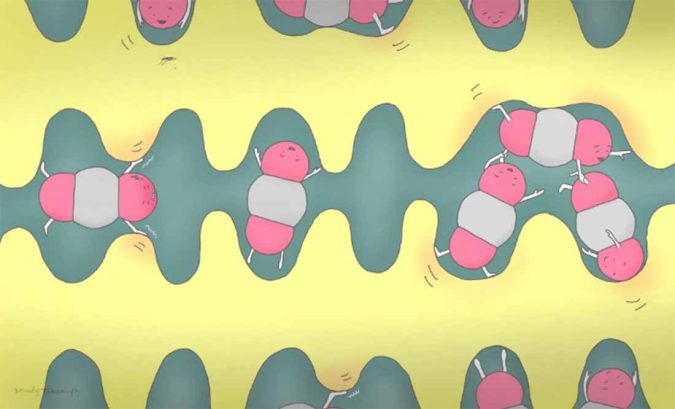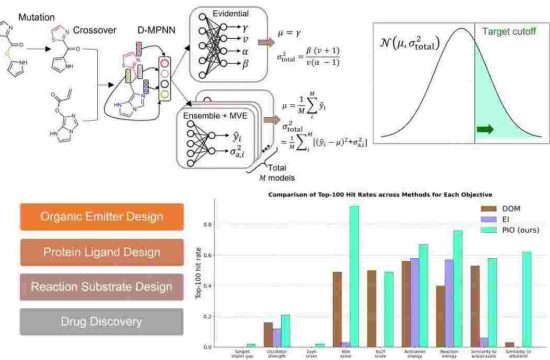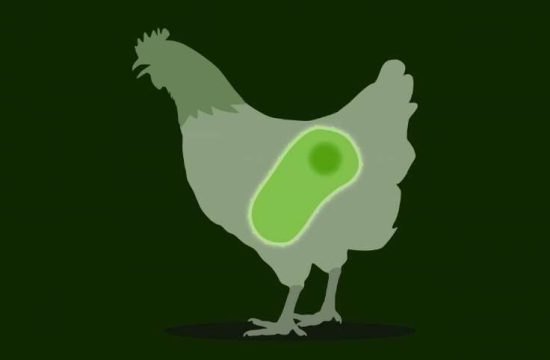
A team of researchers has reshaped our understanding of developing gas storage materials known as porous coordination polymers (PCPs), which is also known as Metal-Organic Frameworks (MOFs). Their study, published in Communications Materials, shows that the first PCP reported in 1997 adsorbed a substantial amount of gas and was also a “soft” PCP – a category of flexible PCPs that scientists thought had only been developed more recently. This finding offers new insights into the evolution of these materials and paves the way for future research and applications.
PCPs feature a network of metal ions linked by organic molecules, creating many tiny pores. The pores enable PCPs to trap and store gases and liquids, making them valuable for various applications. “Imagine a sponge designed to soak up gases instead of liquids,” says Susumu Kitagawa of the Institute for Integrated Cell-Material Sciences (WPI-iCeMS) at Kyoto University, who led the study. “That’s essentially how a PCP functions.”
PCPs can efficiently store gases like hydrogen for clean energy or selectively filter gases in industrial applications. They can also detect trace gases for monitoring air quality and identifying hazards. Unlike many non-porous materials, their distinctive porous structure makes them versatile tools.
“The term ‘soft PCP’ refers to the material’s ability to adapt or change its shape in response to the gases it interacts with,” explains Hirotoshi Sakamoto, the study’s first author. “Unlike a rigid structure, a soft PCP can modify its framework to hold more gas, similar to how a flexible sponge can adjust to absorb a greater amount of liquid.” This flexibility enhances the material’s effectiveness in capturing and storing gases.
The team used advanced techniques, such as single crystal X-ray diffraction, to re-examine some early PCPs. This modern analysis provided detailed insights into the precise arrangement of atoms within these materials and how their structure changes when interacting with gases.
They investigated the cobalt PCP with tongue-and-groove stacking, Co-TG, a pioneering PCP developed over 25 years ago. As one of the earliest examples of effective gas-capturing materials, Co-TG was initially known for its ability to adsorb gases. However, the new analysis showed it can also slightly change shape to hold even more gas.
“We found that these early PCPs were not only adept at trapping gases but also did so in a distinctive manner due to their flexible, ‘soft’ nature,” says Ken-ichi Otake, who participated in the study. “This aspect of the original PCPs had been previously overlooked.”
By recognizing that early PCPs were pioneering examples of soft PCPs, the research shows how these materials laid the groundwork for the development of more advanced PCPs. This new understanding could drive innovation in various fields, including gas storage and separation technologies, carbon dioxide capture, and the creation of more efficient energy storage systems, such as hydrogen fuel cells.
The findings show the importance of re-examining historical data with modern techniques. The discovery of the “softness” of early PCPs not only revises our understanding of gas adsorption history but also paves the way for exploring and improving the capabilities of these versatile materials.
“This principle of learning from the past to gain new insights highlights how even well-established scientific areas can benefit from a fresh perspective,” says Kitagawa.








